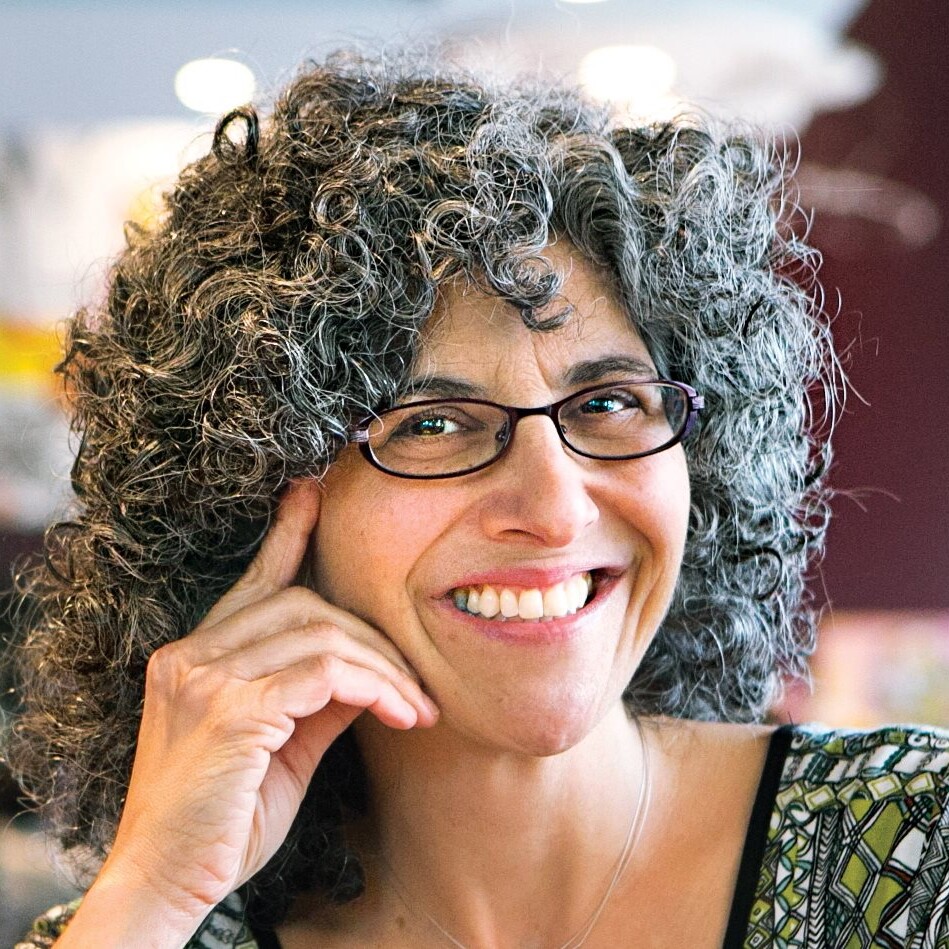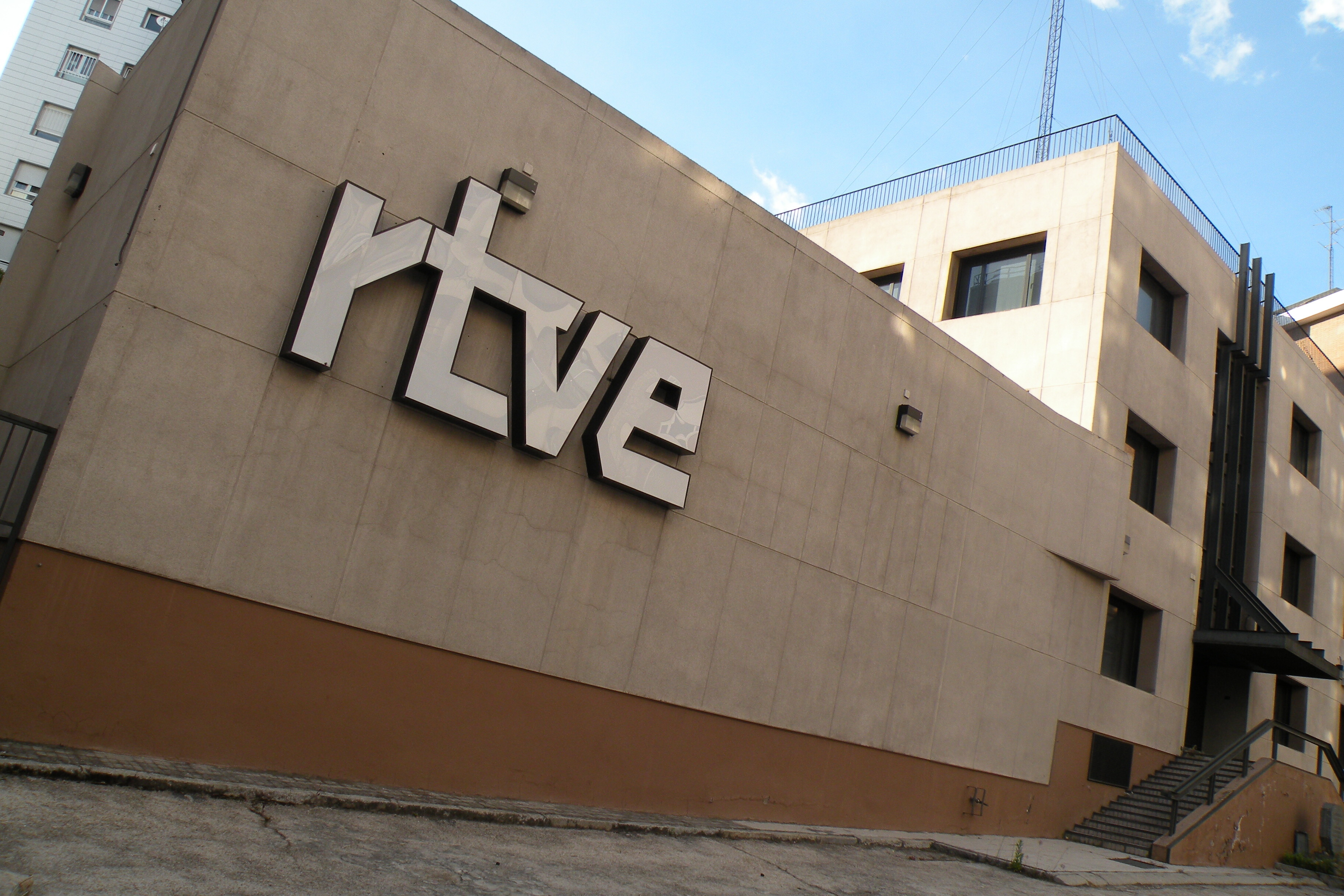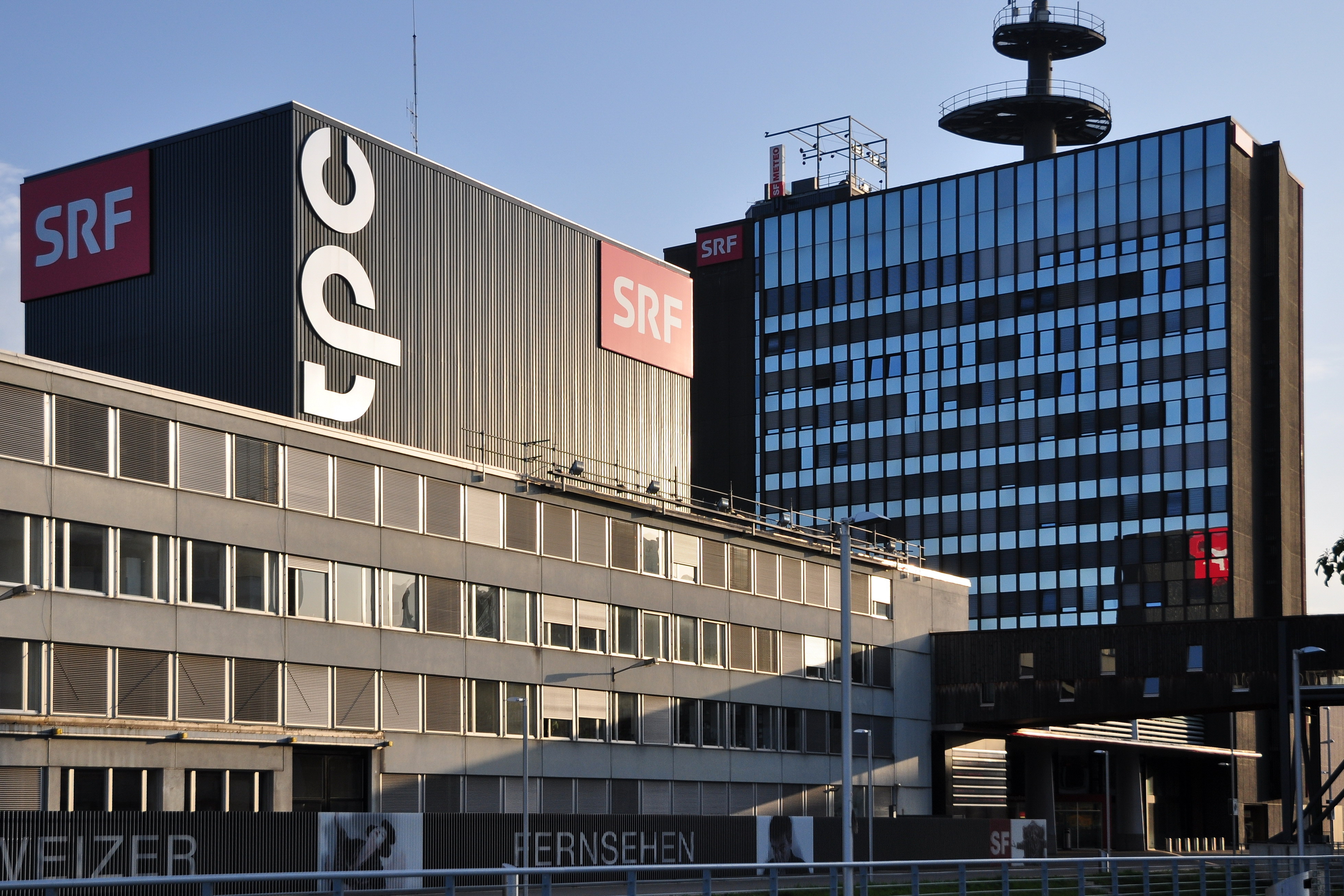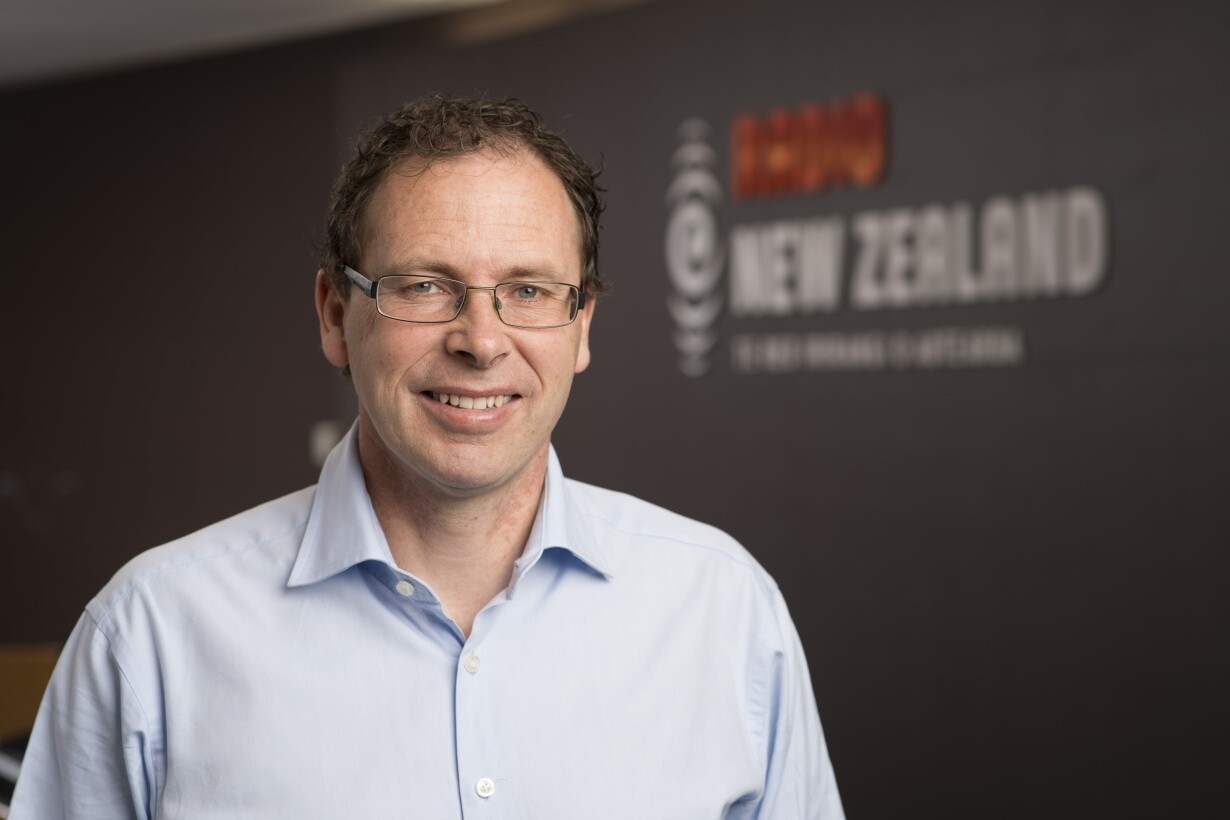“The Fierce Urgency of Now”: Public Media’s Mission for Truth, Conversation and Community in Troubled Times
The opening keynote at this year’s PMA Global Conference was given by Julie Drizin, Executive Director of Current, an online publication that covers and serves the public broadcasting community in the U.S.
Julie’s keynote is built upon her extensive career across numerous sectors of U.S. public media and offers a unique Insight into the challenges faced by these organisations as they negotiate testing times. As Julie explains, PSM across the US face a very different set of challenges to their counterparts in Western Europe, with funding tenuously sourced from a mix of federal funds, commercial deals and donations.
Yet beyond these concerns, the keynote highlights the fundamental importance of PSM to audiences and democracy in the US, noting some of the ways public media continues to benefit the lives of citizens.
The keynote can be read in full below
Good morning.
I want to thank Sally-Ann Wilson for inviting me to this assembly. I have to confess that before she contacted me, I had never heard of the Public Media Alliance. How is it possible that someone who has worked in public media for nearly 35 years is completely unaware of this international coalition. The answer, of course, is that I’m an American! What do we know?
We are raised to pay little if no attention to what is happening outside our own borders. We’re too busy eating and tweeting and burning every last fossil fuel we can find! Now I’m not here to trash talk my fellow Americans, even as they are making it very difficult these days.
So, you’re probably wondering – what the heck is that woman wearing? I’m wearing a story. Actually, it’s a lot of stories, but I doubt anyone will get close enough to read them. Does anyone here still read newspapers?
Let me tell you the story behind my newspaper dress.
In 2015, I became the Executive Director at Current and like all media, we’ve been struggling to survive in the digital era, in this time of shifting habits and slipping revenues. When I started there three years ago, Current was still publishing 23 print editions per year, and too many of our editions were losing money.
Subscription revenues were plummeting, because all of our content was available online for free. That honeymoon had to come to an end. We began cut back on print and one year ago we finally introduced a paywall. The new digital subscription was a big transition for Current and our readers.
Back to the dress. To make a short story long, public broadcasting in the U.S employs over 20-thousand people. And there are at least dozen public media conferences each year in the U.S. Anywhere from 200 to 1200 people who work in this field attend these events: engineers or TV programmers, independent producers, news directors and fundraisers. Last year when Current introduced our digital subscription, I asked the organizer of one of the largest conferences if I could have just a few minutes on the stage to let everyone know about the new digital subscription program and how important it was to Current’s survival.
The answer was no. Current wasn’t a sponsor. So, I needed to come up with a way to draw attention to Current: I had this dress made out of our own newspaper and I wore it. See, newsprint is still good for something. The stunt sparked many conversations about Current, and I even came up with a corny punchline – about MY being Current’s new “business model!”
So that’s the story behind the dress. Now, let’s turn from the shallow to the deep.
What is public media’s mission in these times?
In the United States, public media is funded by the people. The federal government appropriates about $450 million dollars each year to public broadcasting. That’s about one dollar and twenty cents per person. You can’t even get a cup of coffee for that. And that amount has barely budged in over a decade. Every year, without fail, conservative legislators use public broadcasting as a political football and try to eliminate our funding. They say we’re too liberal, that government has no business in broadcasting, and that in an era of so much content, we’re no longer necessary. But I’d say we are needed now more than ever.
Most of the support for public media in U.S. comes directly from listeners and viewers who donate to their favorite local stations. It also comes from businesses that want to be mentioned on the air as sponsors, from a small group of foundations. It’s about a 3.5 billion dollar industry now.
That might sound like a lot of money, but it’s not; not for a sector that offers free, universal, excellent service to all Americans.
Public media obviously can’t compete with the new masters of the Universe: Amazon, Netflix, Apple and Facebook.
But when it comes to the essential, original service we provide, there simply is no comparison.
Important institutions like The New York Times and Washington Post, Disney and Discovery produce urgent and excellent journalism or popular and creative entertainment. I wouldn’t want to see them go away. But their mission is not the same as ours. We aren’t about delivering profits to owners, executives and shareholders.
Public media is guided by a higher calling: A mission to inform and empower people to shape their own destinies, improve their communities, and thereby have a positive impact on the future of the nation.
That mission was articulated fifty years ago, when U.S. President Lyndon Johnson signed the law that created the public broadcasting system in the U.S.
Now, there had been noncommercial educational stations operating before the Public Broadcasting Act of 1967, but they mostly were universities of the air, college-based broadcasters that wanted to extend access to education beyond their campus.
The Public Broadcasting Act specifically encouraged the use of media for instructional, educational and cultural purposes. The Act also acknowledged that the diversity of programming depends on “freedom, imagination and initiative on both local and national levels.” It said that it’s in the public interest to encourage the development of programming that involves creative risk and that “addresses the needs of unserved and underserved audiences, particularly children and minorities.” It called on public broadcasting to address national concerns and solve local problems through community programs and outreach, with maximum protection from extraneous interference and control. This was a bold vision.
I don’t know how public media operates in many of your countries. In mine, we are in a constant struggle between our dependence and our independence. The right considers us too left and the left considers us too right. But, we are free to broadcast voices that are critical of government actions or inactions; and to hold our elected and appointed leaders accountable. Are you? I hope so.
And while we accept corporate sponsorship – and mention support from those businesses over the air and online – we are relatively free of commercialism.
Non-commercialism itself is a value worth protecting. Even as public media in the U.S. must master metrics and monetize its service with corporate underwriting and on-air solicitation, the bottom line for us is that our listeners and viewers represent more than numbers or dollars or consumers. They are people who turn to us to be informed, enlightened, comforted, connected, challenged, and inspired.
In contrast to the majority of media in my country, public media strives to elicit the best in the human spirit, to build bridges of understanding between people, to help us all become better parents, teachers, neighbors, citizens, and stewards of our planet.
In a culture that is overrun with messages that tell us we are what we own, that acquisition equals status and happiness, public media is not only refreshing. It’s downright revolutionary.
Public TV is a safe, commercial-free space for children in a media landscape filled with product placement, harsh language, adult sexuality, and violence in its fiction and nonfiction programming.
Parents know that when their preschoolers and elementary students watch PBS, they’ll see age appropriate programs that are educational and entertaining, shows that stimulate curiosity and cultivate civic values. They teach kids that it’s good to be kind and helpful, to share and be fair, to ask questions, work for justice, take care of people, plants, animals and the planet. I think adults in my country, including some in the White House, could learn so much by watching PBS Kids!
Public television also makes sure that the worlds of music, theater, dance and art remain available and free to all Americans. Public radio opens our ears to an amazing diversity of music that would never be played on commercial radio these days. And when it comes to serious and balanced news and public affairs programming, public media is where it’s at and increasingly the only place to find it.
I titled my talk today: “The Fierce Urgency of Now:” Public Media’s Mission for Truth, Conversation and Community in Troubled Times.
The Fierce Urgency of now. That is a phrase used by Dr. Martin Luther King, Jr.
He said, “We are confronted with the fierce urgency of now. In this unfolding conundrum of life and history, there “is” such a thing as being too late. This is no time for apathy or complacency. This is a time for vigorous and positive action.” He was talking about both civil rights and the Vietnam War.
In my country, we now have a leader who poses a serious threat to both civil rights and world peace, and, frankly, the fate of the planet itself. His policies threaten public education, public health and public safety – in fact, everything with the word public in front of it is vulnerable: public libraries, public transportation, public lands, even the public square. And public media.
Public media must stand up to this threat. We must show and tell the truth. We must reveal corruption and incompetence, where ever we find it. And, we must give voice to all who hurt: African American parents whose children are racially profiled by our police forces, Latino children who’ve been traumatically separated from their parents at America’s borders, forgotten veterans of our many wars, families who have lost loved ones to opioid addiction, factory workers who have lost jobs to the global economy and coal miners displaced by the imperative of alternative energy.
The fierce urgency of now…
The question of whether or not to call the president’s repeated fabrications “lies” has been debated in public media. Editors at NPR have staked out a position that the word “lie” is inflammatory because you can’t know the whether there’s intent to mislead. The host of PBS News Hour, the nightly news program on public TV, has said her show is more comfortable saying a Trump statement cannot be borne out by the facts.
Watching colleagues and journalists I respect treat the President with undue respect – when he is so very disrespectful to everyone (except dictators and oppressive regimes)…well that is a very bitter pill for me and for many public media devotees to swallow.
What is inflammatory? The President has called the press the enemy of the people, not just once, but repeatedly and frequently. This war of words he’s waging on the media poses a real danger to democracy and to journalists themselves – this, in a country with more than 300 million guns and more than our fair share of untreated mental illness.
These are dark times in my nation. The Washington Post has adopted the slogan “Democracy Dies in Darkness”. By the end of July, their Fact Tracker had documented 4,229 false or misleading claims made by President Trump in 558 days. That’s about 7 or 8 lies per day. Do you think he’s trying to get into the Guinness Book of World Records?
It is painful to live in a country with increasing signs of fascism, and rhetoric that sows division and mistrust. Perhaps some of you have lived through something similar. Perhaps you have sage advice for us?
Now, to be fair, part of the reason public media won’t use the word “lie” is not just because we’re dependent on federal government support. But, we need to protect our reputation as a haven for civil discourse. Civility has been on the decline in our society and our media. Shouting has replaced conversation. Listening is very “last century.” But public media is the one place where people with diverse perspectives and experiences are brought together and encouraged to listen. To engage in the kind of dialogue that democracy demands. That is nothing short of a peacekeeping mission in a volatile and violent world.
And it’s why surveys show that public broadcasting routinely ranks among the most trusted institutions in America. PBS and NPR are seen as more fair than other media outlets. But this trust is fragile. It must be earned over and over and over again. We cannot take our audiences or their trust for granted.
The demographics of the U.S. are shifting dramatically. The majority of babies born in America are brown. Nonwhite children are already the majority of public school students. Public media is behind the curve on inclusion and diversity. Our stations and networks and audiences are still overwhelmingly white, reinforcing a perception that our service is for elites, not for the underserved and minority populations described in the Public Broadcasting Act of 1967.
Americans no longer trust a media that doesn’t look and sound like themselves. Public radio and TV need to work fast to include people of color in highly visible ways – on the air, in our coverage, in editorial decision-making roles and our leadership.
Having worked in several newsrooms, I can attest that it’s usually the African American, Latino, Asian, Muslim and Native American reporters who suggest topics, and pitch story ideas relevant to these communities, who actively tap non-white experts in their reporting, and treat real people as experts on their own lives and experiences. Meanwhile white reporters and interviewers too often look to policymakers and professors as having the most expertise.
The Fierce Urgency of Now. Inclusion is increasingly important now, as newspapers are folding left and right. I recently read that there are half as many journalists working in the newspaper business as there were a decade ago. This isn’t good for democracy. Especially on the local level where the newspaper was often the only watchdog against political corruption, industrial pollution, police and judicial misconduct and many other ills.
Public service media in the U.S. is actively trying to fill the void in these so-called news deserts. Hundreds of digital only nonprofit news organizations have sprung up, many created by refugees from the newspaper world. Public radio stations are bulking up their newsrooms, collaborating on regional coverage. And, both public radio and TV are expanding the ways they engage with their local communities in order to be relevant and to build trust. We are going back to our roots and our mission: to be bold, take risks and try to solve problems.
Current, my publication sponsors a contest called “Local that Works.” It’s our effort to spotlight what public media is doing to strengthen bonds with their local communities through content and engagement initiatives.
While the stations have relied on strong national content from NPR and PBS to draw their audiences, that content is available anytime, on any device, and, as we know, people will increasingly access it on their own terms. So local stations need to develop their own unique identities while fulfilling public media’s essential mission.
Let me tell you about some of the “Local that Works” projects we’ve highlighted.
In Sioux City Iowa, a small public radio station sponsored live storytelling events that enabled immigrants, many of whom work in the meatpacking industry, to tell their stories of how they came to settle there and what they left back home.
In Seattle, Washington, a public radio station has sponsored events called Ask a Muslim… Ask a transgender person… Ask a police officer. These events bring together people who might never meet. These individuals make a personal human connection, listen and learn from one another.
One of the more popular platforms being used in public media in the U.S is called Hearken. It’s a website widget that asks listeners and viewers, “What do you want to know about your city, that our reporters can find out for you?” These questions are put to a vote, then become assignments for the reporters. And sometimes the person who asked the question is involved in the reporting process itself.
These kinds of engagement initiatives are helping public media be more local and more inclusive. And, it’s helping them build trust. And ultimately it will help them sustain their service in this rapidly shifting media and economic landscape.
This summer, I travelled with my teenage daughter to El Salvador. We were on a service trip, staying in a rural community where a 10-year project to get running water is nearing completion. We visited Radio Victoria, a grassroots community radio station that gives voice to the lives and the dreams of the people of Santa Marta. And we visited the chapel where the Catholic Archbishop Oscar Romero was gunned down during a mass, by the Salvadoran military in 1980. All over the country are murals honoring Romero who spoke out for the poor and against oppression his country, a cause for which he gave his life.
I’ll end this talk with a quote from Bishop Romero that I think speaks to our shared work in public media. It’s a quote shared by Bill Siemering, one of the founding fathers of NPR. And I use this quote because of something else I heard Bill Siemering say decades ago. He told attendees at a radio conference that the dictionary’s second definition of broadcasting is “to scatter seeds.”
Oscar Romero said, “We plant seeds that will one day grow. We water seeds already planted, knowing they will hold future promise. We lay foundations that will need further development. We provide yeast that produces effects far beyond our capabilities. We cannot do everything and there is a sense of liberation realizing that. This enables us to something and do it very well. It may be incomplete, but it is a beginning.”
Thank you.

Julie Drizin is the first executive director of Current, the trade publication founded in 1981 to cover and serve the public broadcasting community in the U.S. Since joining American University’s School of Communication in 2015, Julie has lead Current’s content, revenue, development and community engagement strategies. Julie previously served as Director of the Journalism Center on Children and Families at the University of Maryland’s Philip Merrill College of Journalism, where she taught undergraduates, advocated nationally for coverage of children, and managed the Casey Medals for Meritorious Journalism. She has worked in and around public media for more than three decades, including stints with the Association of Independents in Radio, the National Center for Media Engagement, J-Lab: The Institute for Interactive Journalism, WETA-FM and WXPN-FM. An award-winning producer and innovator, Julie launched two successful national programs: Pacifica Radio’s Democracy Now! and NPR’s Justice Talking. She is a mom to two teenage daughters.
Related Posts
26th June 2018
Insight | RTVE public contest faces further challenges
After an arduous process, a reform to…
19th January 2018
Insight | How public media should respond to journalism’s crisis
PMA President and Radio New Zealand CEO…


